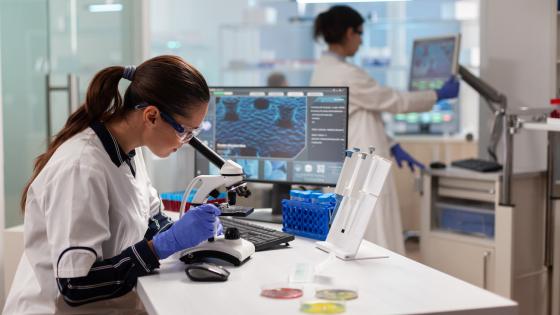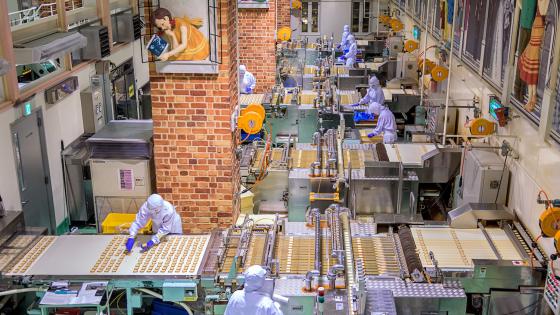DP8843 Innovation vs imitation and the evolution of productivity distributions
We develop a tractable dynamic model of productivity growth and technology spillovers that is consistent with the emergence of real world empirical productivity distributions. Firms can improve productivity by engaging in in-house R&D, or alternatively, by trying to imitate other firms? technologies subject to limits to their absorptive capacities. The outcome of both strategies is stochastic. The choice between in-house R&D and imitation is endogenous, and based on firms? profit maximization motive. Firms closer to the technological frontier have less imitation opportunities, and tend to choose more often in-house R&D, consistent with the empirical evidence. The equilibrium choice leads to balanced growth featuring persistent productivity differences even when starting from ex-ante identical firms. The long run productivity distribution can be described as a traveling wave with tails following Zipf?s law as it can be observed in the empirical data. Idiosyncratic shocks to firms? productivities of R&D reduce inequality, but also lead to lower aggregate productivity and industry performance.


